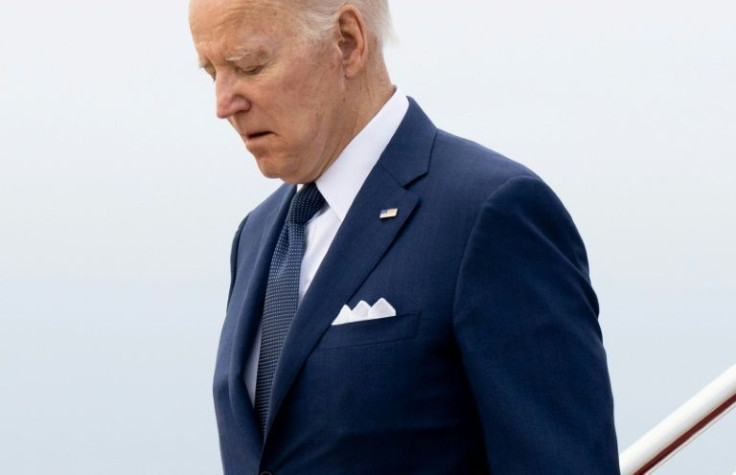What's America's Mission In Asia?
President Joe Biden's recent visit to Asia sent a clear and loud message to the global community: Asia is a too important region for America to be left at the mercy of China's ambitions to dominate it.
The president's trip came against the background of the raging Russia-Ukraine war, which has divided the world anew into two camps, the camp of the close authoritarian regimes on the one side and the camp of the open, liberal regimes on the other. China and Russia belong to the first group, while America and its allies belong to the second.
So what's America's mission in this new global landscape?
The obvious answer is that America wants to reassert its leadership in Asia by strengthening economic, political and military ties with its democratic allies in the region.
In South Korea, Biden discussed technology, supply chain and security issues, all critical in leading the global economy. These are the same themes the U.S. president discussed in Japan.
"Bolstering deterrence against aggression and tapping into the growing strategic ambitions of Asian democratic allies with bilateral and regional meetings were not the only goals of Biden's inaugural Asia trip," Mireya Solís, director of the Center for Asia Policy Studies, wrote in a piece posted in the Brookings Briefs Tuesday. "The tour also aimed to revive American economic leadership. With its new economic plan, the Indo-Pacific Economic Framework (IPEF), the Biden team feels confident that it can square the circle: staying true to a worker-centered trade policy that deems tariff reductions harmful to U.S. labor interests, and stepping up to shape the economic integration rules for the most dynamic region in the world."
But Beijing sees another mission for America in Asia: corner China, according to a Global Times editorial following Biden's visit to South Korea.
"Biden's visit, which came 10 days after Yoon took his oath as South Korea's president, is the second time for a U.S. president to visit South Korea ahead of the new South Korea president's visit to the U.S. since 1993, and it's also rare to see [a] U.S. president make South Korea the first destination before Japan in an Asia trip," the editorial said. "Some observers said such arrangements underscored Biden's scheme to pull South Korea into its strategies to contain China."
What does "contain China" mean?
First, to tame Beijing's ambitions to dominate the South China Sea and get hold of the resources that are above, on and below the vast sea waterway. Second, to tame Beijing's ambitions to take over its Taipei or Taiwan breakaway province, a move that could disturb the global technology supply chain.
By stepping up its presence in Asia, America seeks to reassert its leadership in Asia and tame China's ambitions to dominate the region.
"We need to maintain our presence in the region and strongly support all of our allies in East Asia [which, importantly includes treaty obligations to Japan and the Republic of Korea]," retired Vice Admiral Robert B. Murrett, professor of practice at Syracuse University's Maxwell School, told International Business Times. "At the same time, we need to work out regional and global issues with the PRC diplomatically — as that course is emphatically in their interest, and the interest of the U.S. and our allies."

© Copyright IBTimes 2025. All rights reserved.






















